What is Israeli Carry?
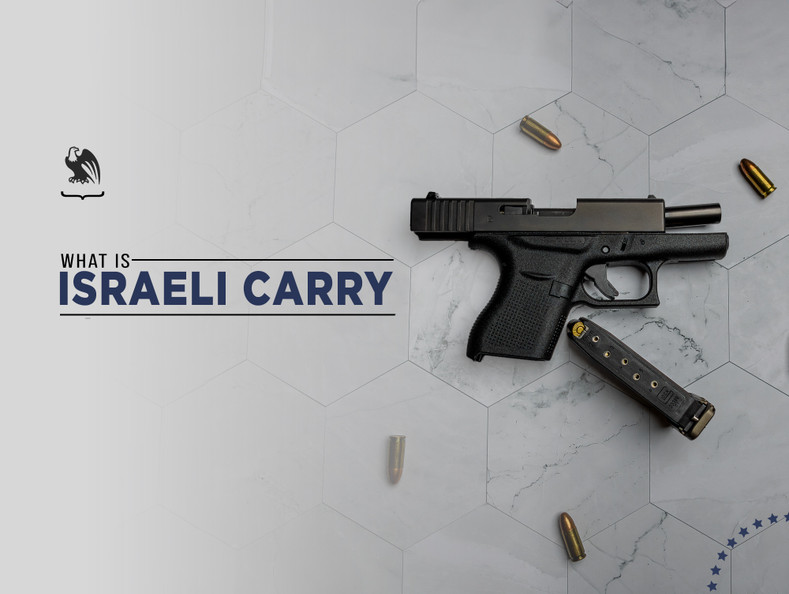
If you’ve been researching methods of concealed carry for long, you’ve undoubtedly heard of Israeli carry. But what is this style of carry, and is it one you should practice?
Israeli carry means carrying a handgun with a full magazine but no round in the chamber. One of the more common ways to carry a handgun in the 20th century, the Israeli carry method is still practiced today by beginners and those who feel it is safer than other methods.
In this article, we’ll start by talking about what Israeli carry is and how it got its name, as well as highlight the pros and cons of this tactic to help you decide whether it’s right for you.
What is Israeli Carry?
Israeli carry, also known as condition three, refers to a method of carrying a semi-automatic pistol with a loaded magazine in the grip but with the chamber empty. This technique was widely adopted by the Israeli defense forces in the past and later embraced by many civilian gun owners as well.
The name comes from Israel, where military conscripts and civilians alike used this carry method. For soldiers with limited weapons training, the empty chamber significantly reduced the risk of negligent discharges. However, the loaded magazine allowed the pistol to be made ready very quickly by racking the slide to chamber a round when needed.
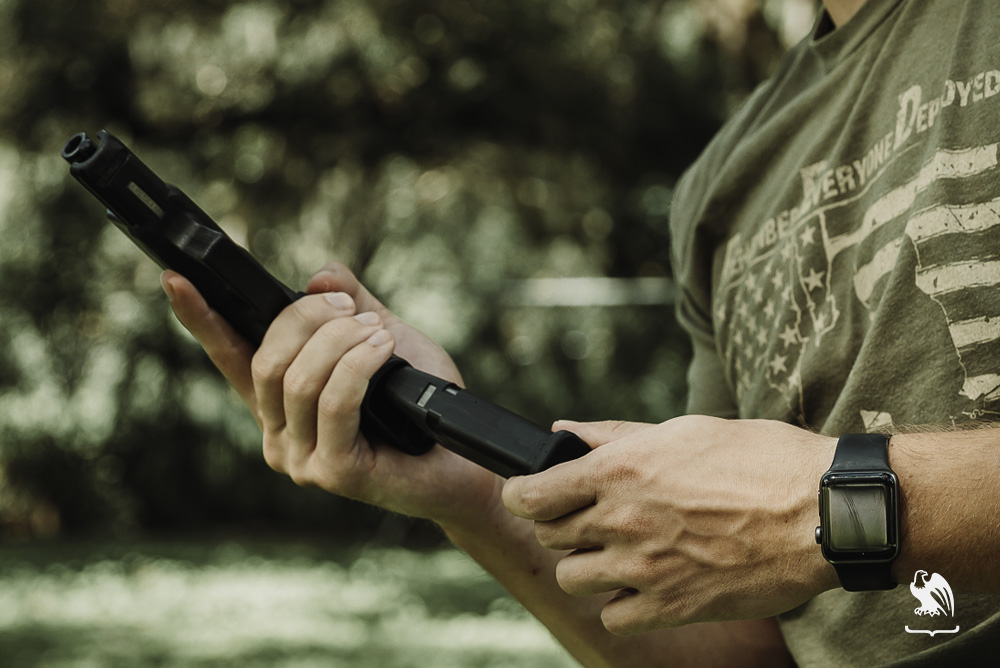
This balanced safety and readiness made Israeli carry a good fit for the risks of a combat environment. It has also appealed to civilian concealed carriers who want an additional layer of safety to prevent accidental firing while sitting, bending, holstering the weapon, etc.
While carrying "hot" with a round in the chamber is certainly the fastest for employing a defensive pistol, Israeli carrying remains popular for those who prefer that extra margin of safety. With proper training, the pistol can be smoothly loaded from condition three as it is drawn to fire. While not as fast, Israeli carry finds favor among both military personnel and armed citizens seeking to balance readiness and safe gun handling.
Why is it Called Israeli Carry? A Brief History
Israeli carry has its origins in the Israel Defense Forces (IDF). In the past, it was standard protocol for IDF soldiers to carry their sidearms with a loaded magazine inserted in the pistol but an empty chamber.
Israel has more or less been in constant conflict, either internally, externally, or both, since before the nation was formally founded in the modern sense in 1948. There have been a series of major wars during that period, and a background of simmering armed conflict.
Because the entire country is within close geographic proximity to its neighbors, all of whom they fought at some point or another, Israelis, both IDF and everyday citizens, would often carry firearms to be ready to defend themselves with no notice whatsoever.
Because of that factor, condition three used to be considered optimal for the conscripted personnel and concealed carriers who usually had minimal firearms training. The empty chamber significantly reduced the risk of negligent discharges, while the loaded magazine allowed a round to be chambered quickly by racking the slide if combat erupted.
Thanks to widespread adoption by both IDF personnel and armed Israeli citizens over the years, this carry technique became known as “Israeli carry.” The name endures even as other carry methods have gained prevalence. But the term is still used to refer specifically to having a loaded magazine and empty chamber.
Pros and Cons of the Israeli Carry Method
While Israeli carry is a method that dates back three-quarters of a century, there are still some good reasons to consider using it today. Of course, as with any method of concealed carry, some cons come with the benefits of using Israeli carry as well.
Pros of Israeli Carry
Above all else, Israeli carry is exceptionally safe. Since there is no round in the chamber, it would be quite literally impossible to suffer a negligent discharge with a firearm carried in this method.
Additionally, Israeli carry can be done safely with any semi-automatic handgun that we can think of. That makes it a type of carry that can be used to train everyone in a defense force without the need for training in the specific operations of each model. This must have been especially useful in the early days of the IDF, where the guns would have been a mix of German, Czech, American, British, French, etc. surplus.
It might also have the safety benefit of making it harder for a bad guy to steal the user’s handgun and use it against them: this is a distinct advantage in crowded, urban environments prone to outbreaks of violent conflict. The second or two it would take an assailant to figure out that the gun needs to be cocked to function might be exactly what changes the outcome of a particular scenario.
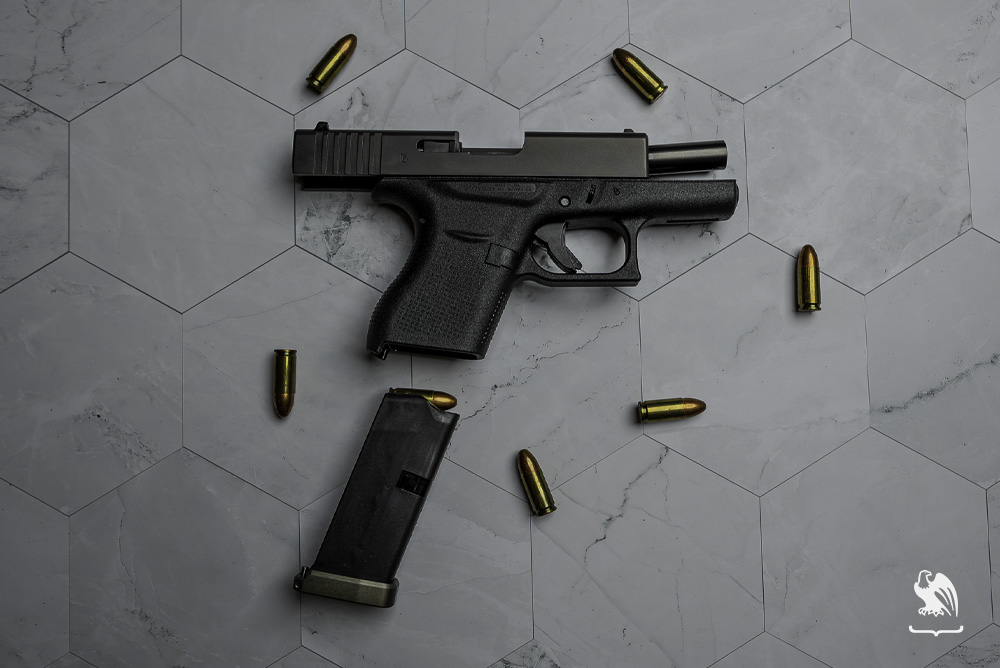
Cons of Israeli Carry
There are a few major issues that come to mind in using Israeli carry. The first is that it introduces the risk of malfunctions at the worst possible moment.
If a firearm is well-cleaned and maintained, and the ammunition feeds well, Israeli carry should not be an issue when it comes to operating the gun, as it’s just a matter of loading the round into the chamber. That is a big, big “if” in terms of using a gun for self-defense. Should the round not chamber for some reason, the shooter will have to diagnose a malfunction during a defensive shooting, which is about the last thing most of us would want to do during such an event. A failure to feed could cost valuable seconds.
Israeli carry is also slower than other carry methods to deploy. Even with a lot of training and practice, it takes more time to rack the slide, chamber a round, and acquire a target than to simply disengage a safety and acquire a target. This slowing down of the shooting process tips the balance in any given situation towards the person who is not using Israeli carry.
Problematically, this process of racking the slide also requires the use of two hands. And, in a defensive scenario, there are numerous scenarios in which you may not have two hands free, putting you in a dangerous position.
While some of these issues can be overcome with training and maintenance, they are big enough issues that many people choose not to conceal carry this way.
Other Carry ‘Conditions’
Of course, there are many different ways of carrying a handgun. In fact, it’s common to refer to several methods in terms of “conditions,” with condition three being Israeli carry. Let’s break it down:
Condition 4: In this condition, the pistol is unloaded and the hammer is down, which is the initial factory configuration before test firing. This makes the pistol very slow to use in an emergency since the magazine must be inserted, the slide pulled back to cock the hammer, and only then can it be fired. While condition four is quite safe, it leaves one unprepared for immediate self-defense.
Condition 3: Condition three, Israeli carry, is just as we described before – carrying with a loaded magazine in the pistol but an empty chamber and the hammer down. This method is quite safe, yet allows faster action than condition four since the gun just needs to be racked to chamber a round before firing.
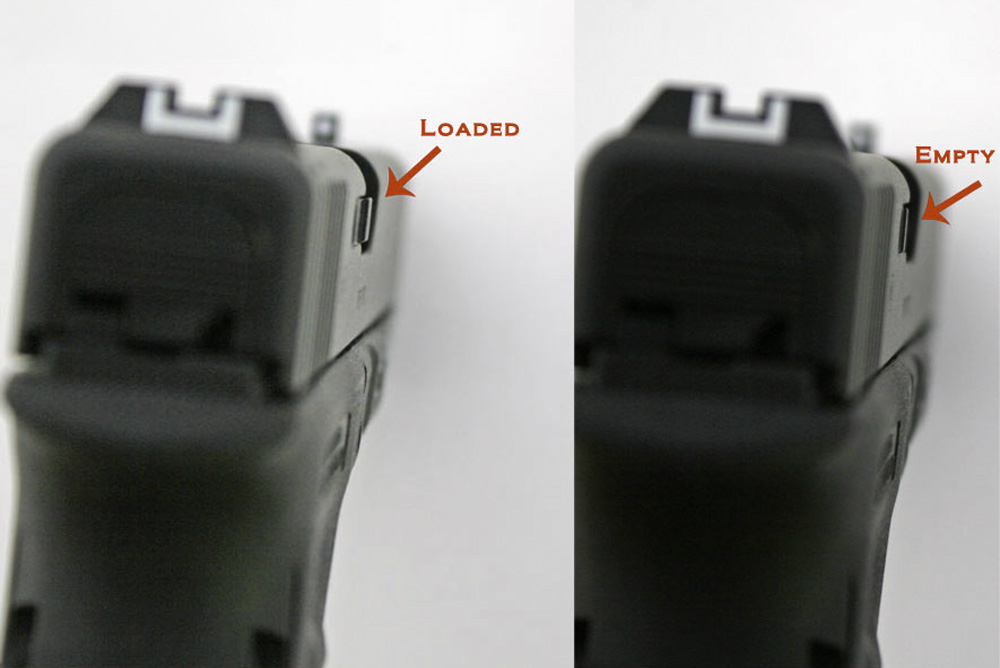
Condition 2: In condition two, there is a round in the chamber but the hammer is down. This requires cocking the hammer manually or pulling the double-action trigger before the gun can fire. Though ready to fire faster than previous conditions, condition two still needs that extra step of cocking before it can shoot.
Condition 1: Condition one has a round chambered with the hammer cocked back and the manual safety on. This is the ready-to-fire configuration, with only the safety needing to be switched off before shooting. With the safety engaged, condition one offers a round prepared to fire instantly if needed.
Condition 0: Condition zero is similar to condition one but without a manual safety engaged. With a round chambered and the hammer cocked, the gun is ready to fire with only the trigger pull needed. Some guns, like Glocks, are designed to be carried this way, relying solely on keeping the finger off the trigger for safety. Condition zero offers instant firing capability but requires maximum trigger discipline.
Should I Practice Israeli Carry?
So, what are the scenarios in which a civilian might choose to use Israeli carry today? How do you know if this carry technique is for you?
One reason might be if you carry a vintage handgun. If you’re not sure that the old Makarov you picked up at a pawn shop is entirely drop-safe, then Israeli carry might be exactly what you need to carry safely.
Additionally, people brand new to carrying 1911-style firearms might want to think about Israeli carry. Since 1911s rely on a manual safety that is meant to be quick and easy to disengage, and they have light triggers, a lot of new shooters might feel more comfortable adding the extra and very deliberate step of racking the slide to their early concealed carry practice.
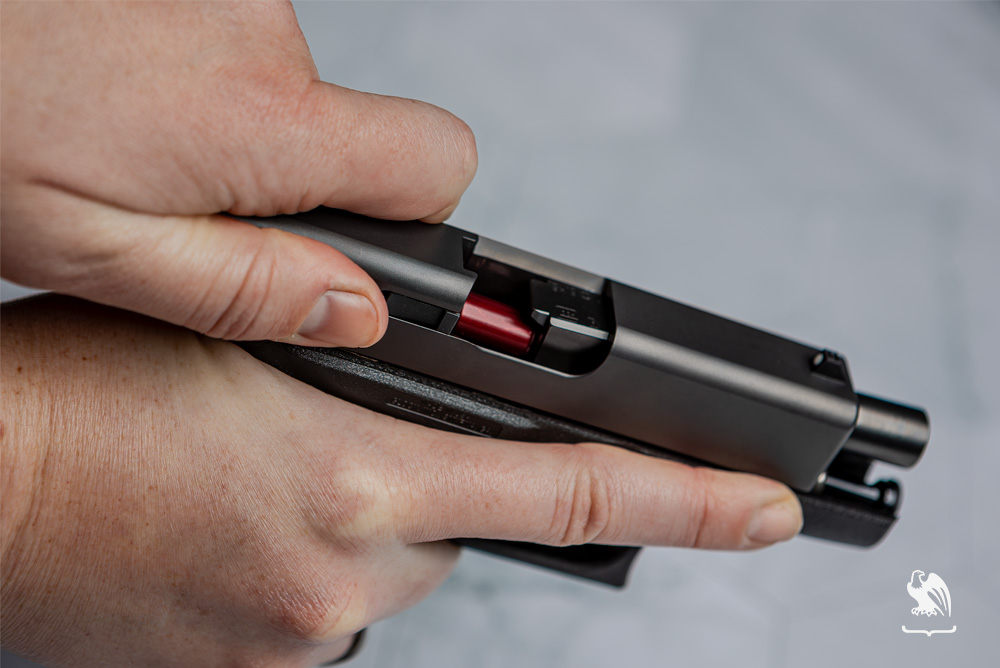
Finally, Israeli carry might make sense for people who carry in an uncertain and changing environment in which threats can come from anywhere, but you have to be extra mindful of avoiding unnecessary collateral damage. After all, that’s the reason Israelis used this method for so long.
With those benefits in mind, it’s important to recognize that your tactical situation, and the equipment that you choose to carry, might be fairly different from those used by the IDF. Firearms design has come a long way since 1947, as has firearms training.
In terms of design, the vast majority of commercially available handguns are tested to be drop-safe. Assuming your handgun is relatively recently produced, there is little to no safety benefit of not having a round chambered, but Israeli carry is still going to be slow.
Beyond drop safety, designs such as the many variations of Glock pistols, were designed from the ground up to be carried with a round in the chamber, so using Israeli carry might give you only downsides with no major benefits.
Training-wise, a few good classes, and a quality holster will mean that most shooters would be able to carry with a round in the chamber safely. But, if you feel more comfortable carrying in condition three, then do so!
Summary
Israeli carry, is, in short, a method of carrying a handgun with a loaded magazine but without a round in the chamber.
While this technique is exceptionally safe, it certainly has some flaws. Namely, it’s slower to deploy than other carry methods and also includes an added risk of failures to feed when compared to other conditions. For those reasons and some others, Israeli carry is less popular than it used to be.
With that said, some folks will still choose Israeli carry either out of training habit, or for the extremely high level of safety that it provides. Should you choose to carry in the Israeli fashion today, a little extra training to help mitigate the deficiencies of this style of carry would certainly be helpful. For new shooters and fans of vintage firearms, Israeli carry still has its place today.
If you’re looking for a new IWB, OWB, or pocket carry holster, visit our Holsters by Gun Model page for Kydex holsters that are custom-made for your weapon of choice.
Interested in items beyond holsters? Check out our Resources Page for links to recommended products like lights, lasers, first aid, maintenance, and more, and browse our selection of apparel, and accessories at our website, vedderholsters.com.
To stay up-to-date on all the latest Vedder Holsters content and offerings, check out our blog and follow us on Facebook, Instagram, and Twitter. And be sure to visit our sister company, GeoGrit, for all your American-made minimalist wallet needs.
